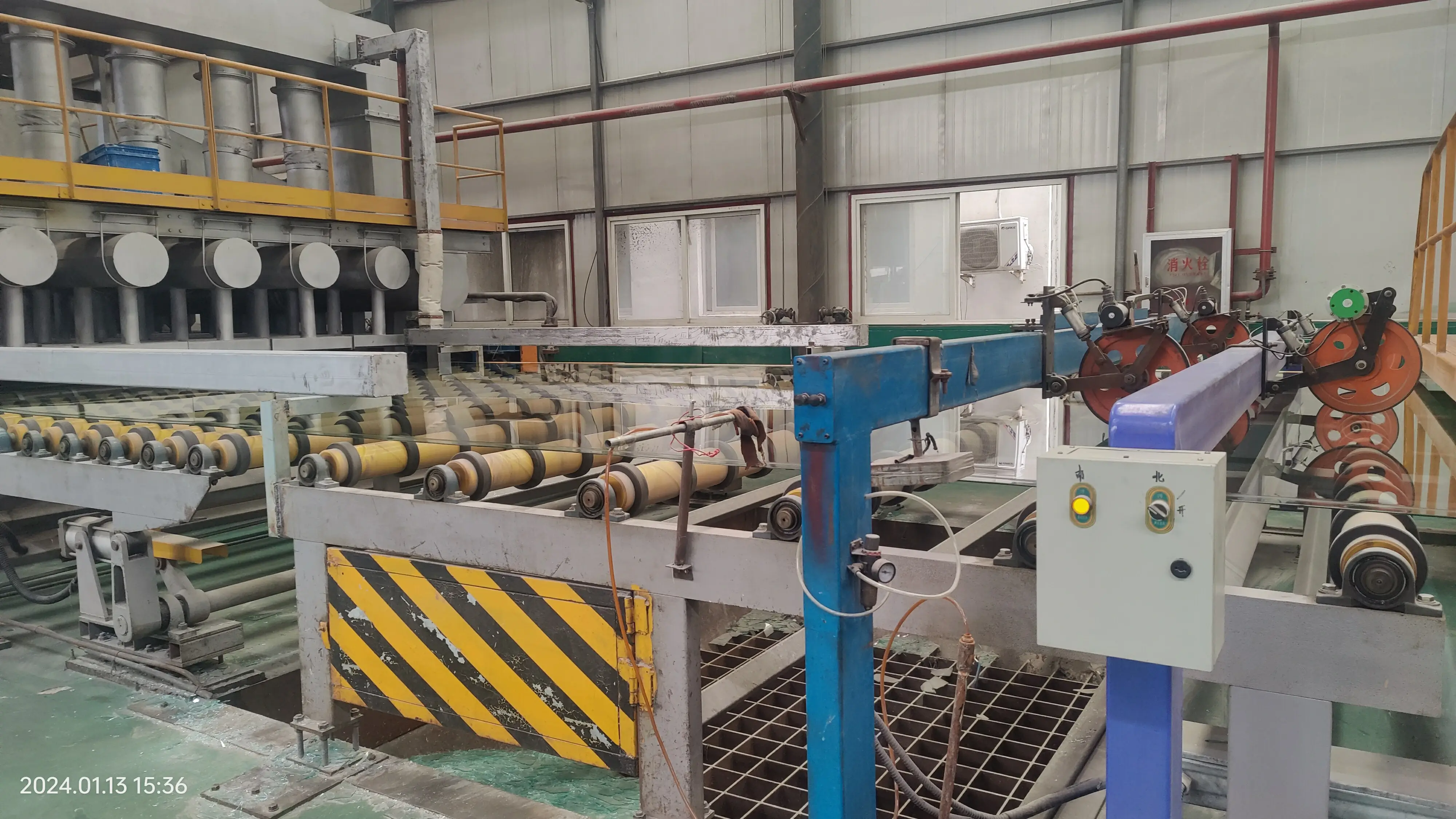

Understanding Acid Etched Toughened Glass An Innovative Material in Modern Design
In the field of architectural design and interior décor, various materials are utilized to achieve both aesthetic appeal and functional reliability. Among these materials, acid etched toughened glass stands out as a remarkable option, combining beauty with strength. This article explores the characteristics and applications of acid etched toughened glass, highlighting why it has become a popular choice in modern design.
What is Acid Etched Toughened Glass?
Acid etched toughened glass is a type of glass that has undergone two significant processes toughening and acid etching. Toughening enhances the strength of the glass. This process involves heating the glass to a high temperature and then rapidly cooling it, resulting in increased resistance to thermal stress and impact. On the other hand, acid etching involves applying a mixture of hydrofluoric acid and water to the surface of the glass, which creates a frosted appearance. This process not only softens the visual impact of the glass but also enables light to diffuse through it, making it an ideal choice for various applications.
Aesthetic Qualities
One of the primary reasons for the popularity of acid etched toughened glass is its visual appeal. The acid etching process produces a smooth, satin-like finish that can soften harsh lighting and add an elegant touch to any room. This finish can be customized to various levels of transparency, allowing designers to control the amount of light that passes through while maintaining privacy. Whether used in residential homes, commercial spaces, or public buildings, the versatility of this material complements a variety of design styles, from minimalist to more elaborate themes.

Functional Benefits
In addition to its aesthetic qualities, acid etched toughened glass offers several functional benefits. The toughened aspect of the glass ensures that it can withstand significant impacts and thermal stresses, making it suitable for environments where safety is a concern. The non-reflective surface resulting from the acid etching enhances visibility and reduces glare, which is particularly advantageous in settings such as offices and conference rooms. Moreover, it is easy to clean and maintain, making it a practical choice for high-traffic areas.
Applications
Acid etched toughened glass finds its application in diverse areas. In the architectural realm, it is often used for facades, windows, and balustrades, providing both protection and aesthetic charm. Interior designers utilize this material in partitions, shower screens, and backlit features to create a sense of openness while maintaining privacy. Retail environments also benefit from its use, as it can be employed in display cases and storefronts to catch the eye without compromising product visibility.
Conclusion
Acid etched toughened glass is a unique material that bridges the gap between functionality and aesthetic design. Its robust characteristics, combined with its elegant appearance, make it a valuable asset in contemporary architecture and interior design. As building technologies and design philosophies evolve, the demand for materials that combine strength with beauty continues to rise. Acid etched toughened glass exemplifies this trend, offering endless possibilities for innovative and inspiring design solutions. Whether in homes, offices, or public spaces, this exceptional material is sure to make a lasting impact.